NHỮNG VIỆC CẦN CHUẨN BỊ DÀNH CHO DU
HỌC SINH TẠI Âu - Mỹ - Úc
1. Hành lý được phép mang khoảng 20 – 46kgs (tùy theo hãng bay và hạng vé)
bao gồm:
-
Đối với vé máy bay của Finnair, hành
lý ký gửi chia ra 02 kiện, mỗi kiện không vượt quá 23kgs (vali nên có khóa
hoặc đóng gói cẩn thận), kích thước 1 kiện hành lí có tổng chiều dài + rộng +
cao không quá 158 cm.
- Hành lý xách tay tối
đa là 2 túi, tổng trọng lượng không quá 8 kg, nếu 1 kiện là vali kích thước tối
đa (dài x rộng x cao) 56 cm x 45 cm x 25 cm, một túi cá nhân như túi xách nhỏ,
túi đựng laptop nhỏ hoặc ba lô nhỏ, kích thước tối đa (dài x rộng x cao) 40 cm
x 30 cm x15 cm.
2. Những
vật dụng cần mang theo:
A. Hành lý xách tay:
1.
Tiền mặt tối đa mang theo khoảng hơn 3,000 EUR (không vượt quá 5000
USD). Ngay sau khi sang PL, liên hệ với các bạn tutor/ người hỗ trợ tại trường
bạn học để được hướng dẫn thủ tục đến ngân hàng mở tài khoản và gửi tiền vào
(nên giữ lại khoảng 500 EUR tiền lẻ các mệnh giá khác để dùng ban đầu cho một
số việc lặt vặt như mua vé đi bus, đi tàu…). Các bạn cũng nên mở sẵn ở VN hình
thức thẻ Master/ Visa Debir Card và bỏ bớt tiền vào trong đó. Tránh trường hợp
mang quá nhiều tiền mặt lúc đi, dễ bị mất. Ví dụ: mang 1500 EUR tiền mặt, 1500
EUR để vào debit card.
2.
Các bạn hs vừa TNPT đến thời điểm tháng 9 nhập học nhưng vẫn dưới 18
tuổi thì gia đình không nên cho đem theo quá nhiều tiền mặt EUR. Do các em chưa
đủ 18 tuổi nên một số ngân hàng PL nơi học sinh ở sẽ không cho phép mở tài
khoản NH, buộc học sinh phải tự giữ 1 số tiền lớn trong người. Phụ huynh có thể
chọn hình thức mang một lượng tiền mặt vừa đủ chi tiêu trong 2 tháng đầu tiên
(khoảng 1000 EUR) + mở trước khi còn ở VN loại hình Visa/Master debit card
(dạng thẻ chính, thẻ phụ) cho phép thanh toán và rút tiền tại nước ngoài.
3.
Các bạn nên sắp xếp hồ sơ chia ra làm 2 loại: Hồ sơ khi bay (dùng để khi bay từ VN và nhập cảnh khi sang Phần
Lan), hồ sơ học tập (để học sinh nộp
trường vào ngày đầu tiên khi đến trường).
***Hồ sơ khi bay:
·
Hộ chiếu
·
Thẻ visa
·
Vé máy bay (có thể in vé điện tử từ bản đính kèm trong email)
·
Thư nhập học của trường (Acceptance letter - in bản scan từ email của
trường gửi)
·
Bảo hiểm (In từ tài khoản Swisscare)
·
Thư chấp nhận của công ty nhà, điện chuyển tiền cọc,
hợp đồng nhà, Thư hướng dẫn đến nhận chìa khóa của công ty nhà (nếu có)
***Hồ sơ học tập:
·
Thư chấp nhận học (Acceptance letter - in bản scan từ email của trường gửi)
·
Bảo hiểm (In từ tài khoản Swisscare)
·
Học bạ THPT, Giấy chứng nhận tốt nghiệp tạm thời, Bằng
tốt nghiệp THPT (Bản gốc + Bản công chứng dịch thuật Edulinks cung cấp)
·
IELTS bản gốc + bản sao y công chứng (nếu có)
·
Điện chuyển tiền học phí từ ngân hàng: bản gốc (nếu có)
·
Hình thẻ nhiều kích thước: 3.5x4.5, 4x6, 5x5, hình visa
3.6x4.7 (5 - 10 tấm/kích thước, phòng trường hợp sang đó các bạn không tìm được
chỗ chụp hình)
·
Giấy khám sức khỏe bản gốc, Phiếu tiêm chủng ngừa, Kết
quả các xét nghiệp, phim chụp X- quang (nếu có theo yêu cầu của từng trường học)
4.
Bút viết và một số giấy trắng để sử dụng trong trường hợp cần viết ra
những chỉ dẫn, số điện thoại
5.
Phải lưu lại địa chỉ nhà thuê tại PL, địa chỉ trường học, số điện thoại
của người đón ở sân bay Helsinki, số điện thoại của tutor/ người đón ở nơi bạn
học, số điện thoại và địa chỉ người thân ở PL (nếu có); Địa chỉ, số điện thoại
của Nhân viên phòng sinh viên quốc tế…
6.
Thuốc chữa bệnh hoặc một số thuốc uống thông thường có kèm theo hướng
dẫn sử dụng bằng tiếng Anh (nên mua các loại thuốc giảm đau, trị cảm sốt thông
thường, viên uống vitamin D (mua nhiều), son dưỡng môi, vaselin để tránh nứt nẻ da, băng dán urgo, các loại thuốc nhỏ mắt mũi, thuốc trị đau bụng,…)
7.
Danh sách những vật dụng trong hành lý gửi – dùng trong trường hợp khai
báo khi hành lý bị thất lạc.
8.
Máy vi tính xách tay, ổ cứng di động, điện thoại di động, máy ảnh...để
riêng trong balo xách tay.
B. Hành
lý ký gửi:
1. Một vài bản sao y công chứng
của hộ chiếu, visa; bản photo của bảo hiểm, giấy khám sức khỏe….
2. Hình thẻ: 10 tấm 3.6x4.7 cm
(chụp nền trắng) – có thể chụp lại kiểu khác với hình nộp visa lần đầu, để tiện
cho lần tới gia hạn visa tại PL các bạn sẽ không bị DSQ bắt bẻ rằng sử dụng lại
hình cũ.
3. 01 cuốn từ điển Anh – Việt
hoặc Anh – Anh
4. Dụng cụ học tập, tập vở để
sử dụng trong những đầu (không nên mang nhiều): máy tính bỏ túi casio, balo
hoặc túi xách (loại tốt)…
5.
Chấu cắm điện (từ 2 lỗ ra 3 lỗ) - Ổ khóa nhỏ (khoảng 3cm)
6.
Một số phụ tùng để sửa xe đạp, ruột xe đạp (nếu hs có nhu cầu mua xe đạp
để đi học tại PL)
7.
Một số hình ảnh của gia đình hoặc bạn thân (không nên mang dạng khung
có lồng kính vì dễ vỡ khi vận chuyển bằng máy bay hoặc dạng treo tường vì khi
các bạn đóng đinh lên tường ở nhà thuê sẽ bị trừ tiền deposit)
8.
Nồi cơm điện (mua loại 1 lít), chén dĩa thìa đũa thì mang đủ 01 hoặc 02
người dùng
9. Quà tặng cho bạn bè quốc tế
và thầy cô tại Phần Lan (nếu thích): có thể mua trà, cà phê, vật lưu niệm có
biểu tượng VN…
10. Các loại mỹ phẩm (dầu gội,
sữa tắm, kem đánh răng…) nên mua ít và đủ xài trong 2 tuần đầu tiên vì có thể
tìm thấy các mặt hàng này ở chợ và siêu thị bên đó với giá tương đương VN.
11. Chuẩn bị ít nhất 02 cặp kính
nếu các bạn bị cận hay loạn thị…
12.
Một bộ chăn mỏng, gối vì có thể nhà bạn thuê sẽ không có sẵn thứ này.
Nếu muốn thay đổi áo gối và drap giường theo ý thích thì có thể mua 1-2 bộ ở VN
để đem theo, mua drap giường khổ 1m2 vì nệm các bạn sử dụng bên đó là nệm đơn.
13.
Quần áo: Thời điểm các bạn sang hiện đang là mùa thu, khí hậu rất ấm áp
và mát mẻ cho nên chúng ta chưa vội mua nhiều đồ lạnh, cứ để sang PL đợi đợt
sales sẽ có nhiều giá cả, mẫu mã cho bạn lựa chọn. Có thể đem theo 1 áo khoác
bông dạng dày là phù hợp nhất.
-
Các loại quần áo như áo pull, áo sơmi, áo len, áo khóac nhẹ, quần jean
hoặc váy…có thể mua ở VN do giá cả rẻ hơn, size vừa với thể trạng của các bạn.
Nếu không đem nhiều thì đợi qua Fin vào đợt sales cũng có rất nhiều đồ thương
hiệu bình dân cho các bạn chọn.
-
Vớ/ tất, mũ len, khăn len có thể mua vài bộ với kiểu dáng và màu sắc
khác nhau.
-
Các loại khăn tắm, khăn mặt…
-
Các bạn nữ có thể đem theo 1 bộ áo dài để tham gia các ngày hội họat
động của sv quốc tế
-
Hầu hết các bạn sv học ngành IB và du lịch khách sạn thì nam và nữ đều
nên may 01 bộ vest lịch sự (không nên quá cầu kỳ, sang trọng) để sử dụng trong
các trường hợp cần formal tại các buổi thuyết trình, đi thực tập hoặc sinh họat
cộng đồng…
-
Mua các loại giày có đế giày (kiểu casual, giày thể thao như Nike/
Adidas, giày boot…)
-
Có thể đầu tư mua 01 áo khoác dày (tầm giá từ 700,000 –
1 triệu đồng) để mặc vào những ngày đầu đông
14. Thực phẩm:
-
Mì gói: mang theo khoảng 15 gói để dùng trong trường hợp những ngày đầu
mới sang
-
Thực phẩm khô: chà bông, khô mực, rau rong biển loại sấy khô… (nếu thích)
-
Các loại gia vị VN như: tiêu, ớt, bột canh, bột Knor, tôm khô, tỏi, bột
cà ri… để phục vụ cho việc nấu các món ăn VN như bún bò, bún riêu, phở….
*** CÁC VIỆC KHÁC CẦN LƯU Ý:
-
Xuất trình học bạ, bằng TNPT, giấy chứng nhân tốt nghiệp tạm thời, bằng
Anh ngữ và các chứng chỉ học tập liên quan (bản gốc) ngay khi đến trường trình
diện cho bộ phận International Office.
-
Hỏi người hỗ trợ/ tutor cách thức đến Sở cảnh sát địa phương để đăng ký
cư trú và nhận số Social security.
-
Ngay khi có số social security các bạn nên đến ngân hàng gần nhất để mở
tài khoản bỏ tiền vào.
-
Khi đến công ty nhà ở để nhận nhà thuê, các bạn phải đi vào giờ hành
chính, đọc kỹ các điều khoản thuê trên hợp đồng, có thắc mắc thì phải trao đổi
với phía nhà ngay.
-
Mỗi năm phụ huynh chỉ được phép chuyển tiền sang cho học sinh trong
khoảng 6000 - 7000 EUR/năm, vì vậy các bạn cân nhắc các chi phí sinh hoạt để đủ
cho việc ăn uống tại Phần Lan.
CHÚC
CÁC BẠN MỘT CHUYẾN BAY AN TOÀN, THẬT NHIỀU SỨC KHỎE VÀ HỌC TẬP THẬT TỐT NHÉ!!!


















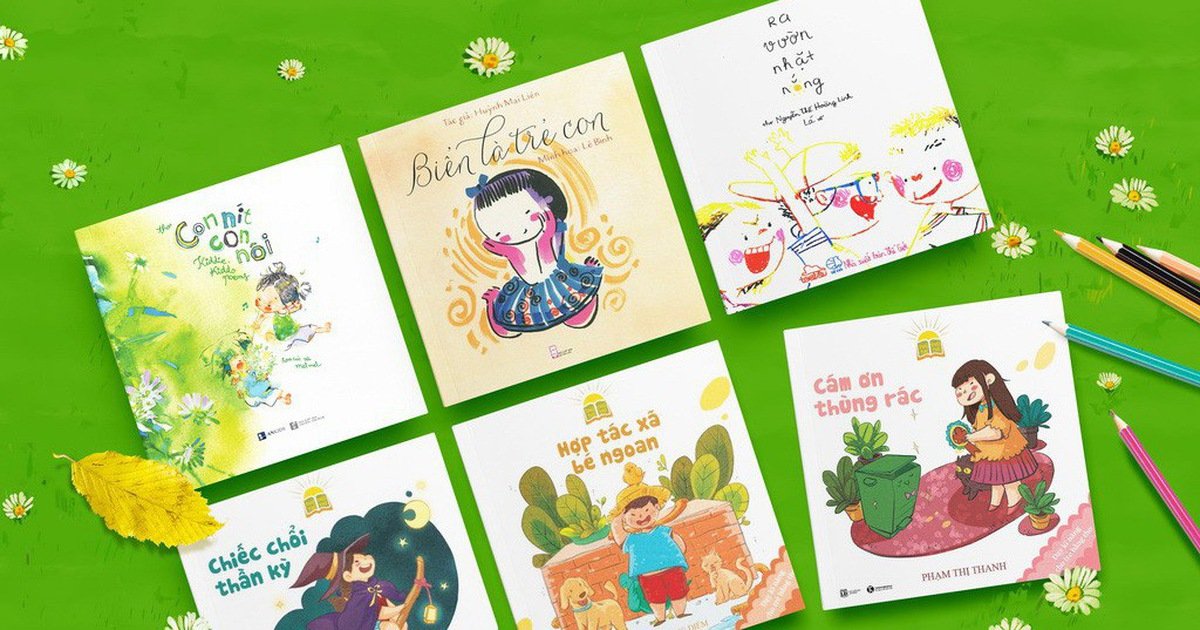
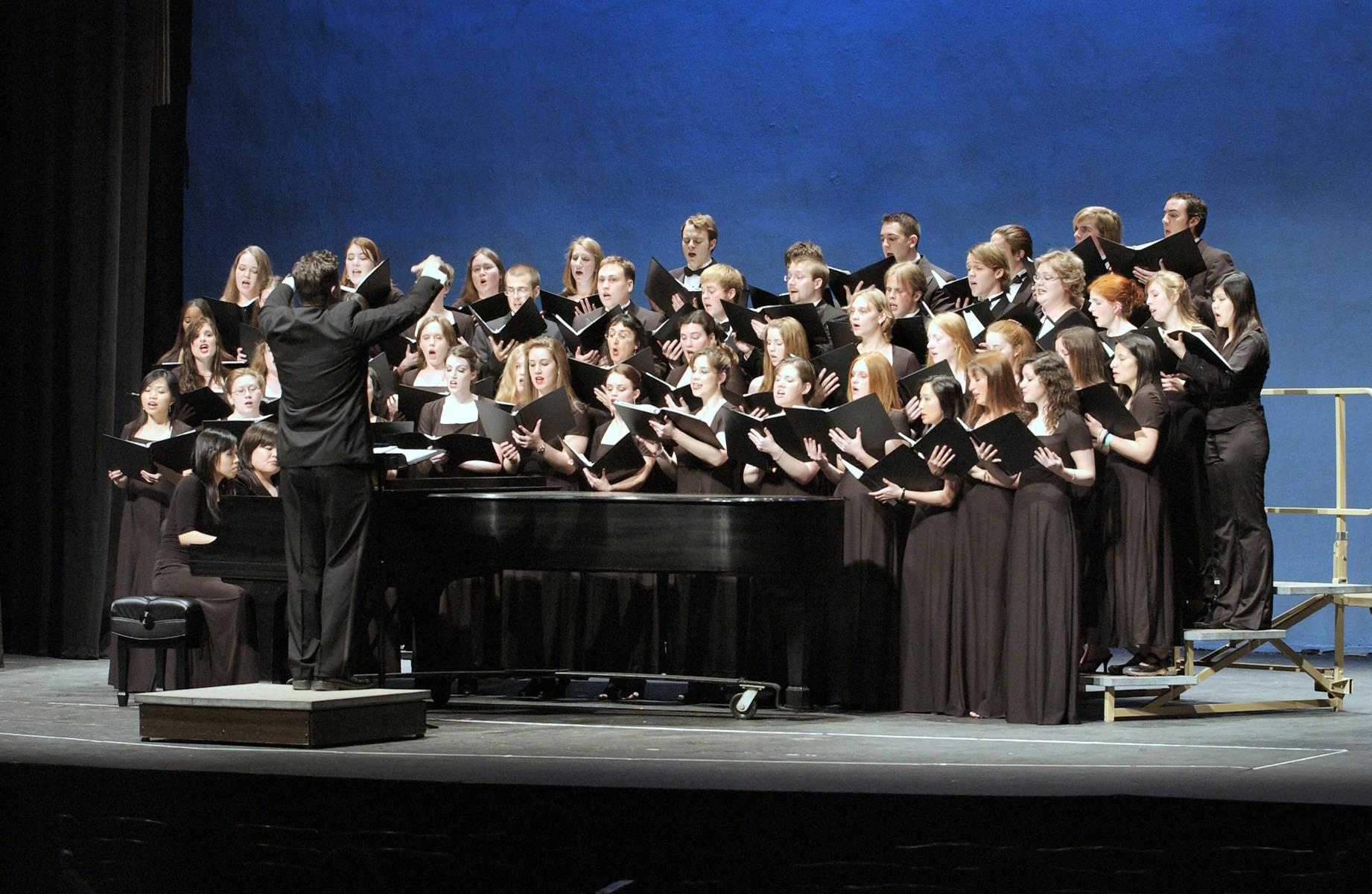
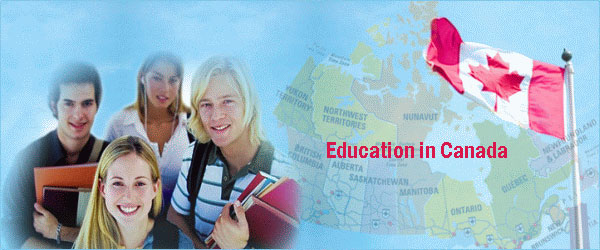


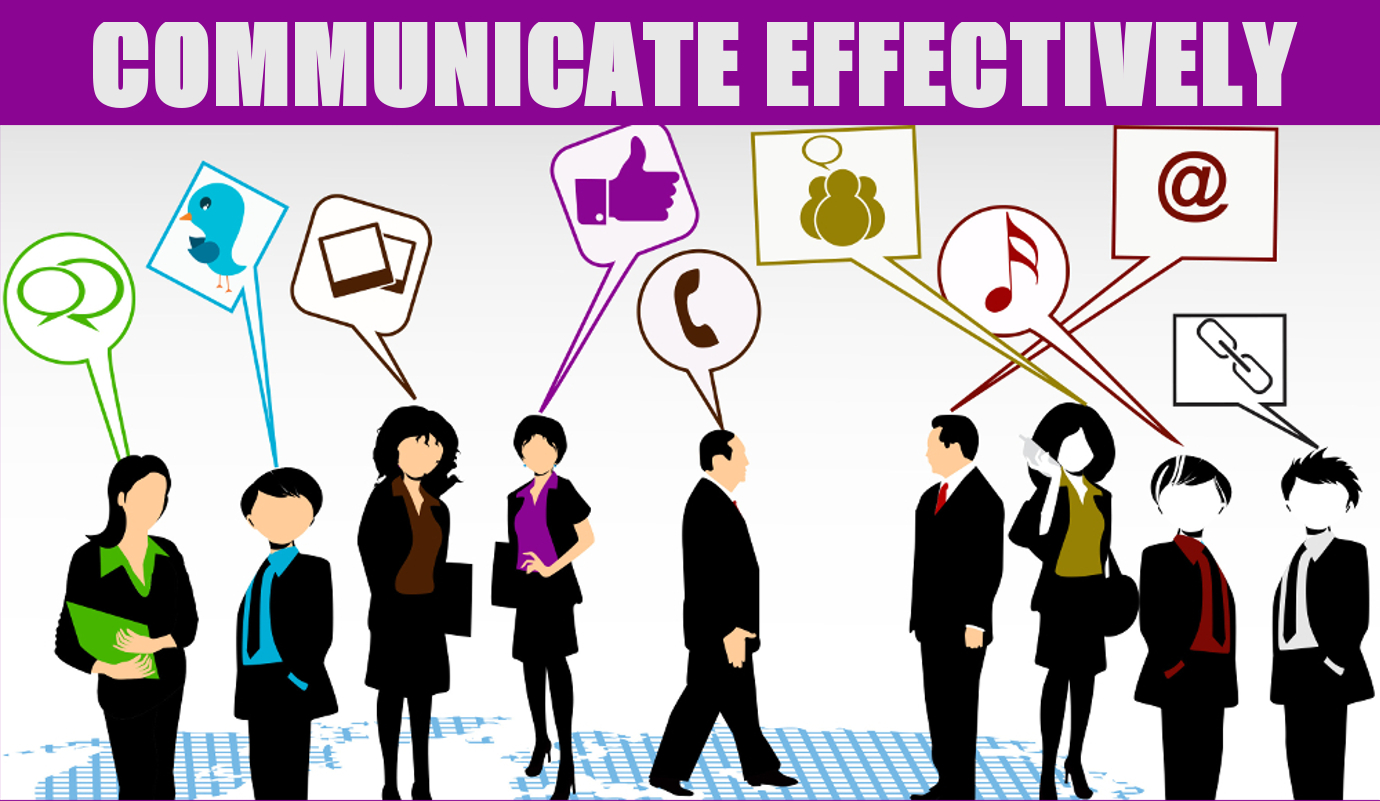




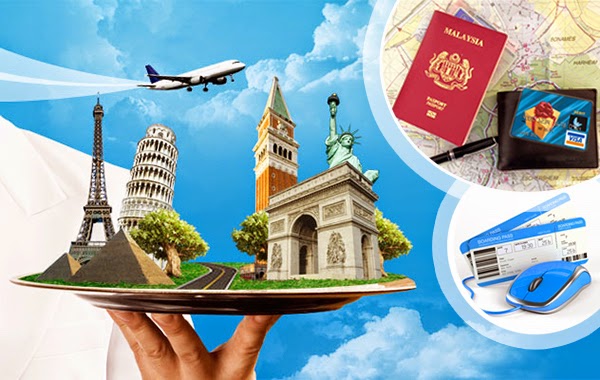









.jpeg)